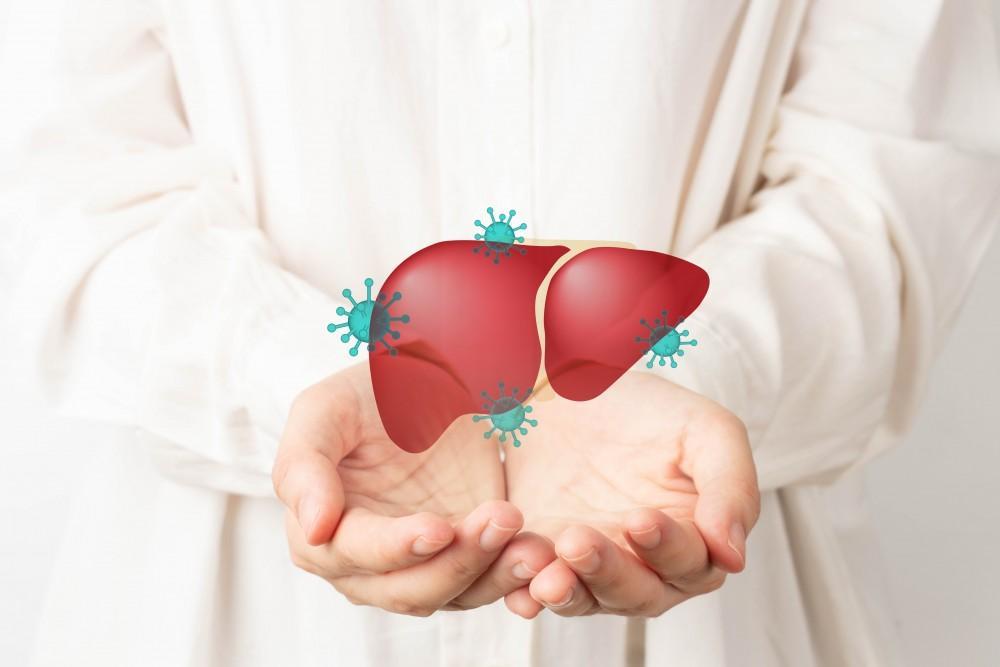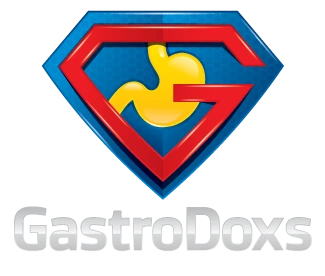What Is Schatzki's Ring?
Schatzki's ring is a thin, circular band of tissue that forms at the lower end of the esophagus. It can narrow the food passage and lead to intermittent difficulty swallowing solid foods such as meat or bread. This condition most often develops in adults over 40 and is frequently linked to chronic acid reflux or a hiatal hernia.
Common Causes and Risk Factors
- Gastroesophageal reflux disease (GERD) causing chronic irritation
- Hiatal hernia, which promotes acid backflow
- Age-related changes in esophageal tissue elasticity
- Family history of Schatzki's ring
- Tobacco use that injures the esophageal lining
Signs and Symptoms
- Difficulty swallowing solid foods like meat or bread
- Sensation of food -sticking- in the lower chest
- Intermittent chest discomfort or mild heartburn
- Unintended weight loss from reduced food intake
Expert Treatment for Schatzki's Ring by Dr. Bharat Pothuri
Dr. Pothuri uses a step-by-step approach:
Medical History and Symptom Review
He discusses your swallowing difficulties, heartburn or reflux episodes, any history of hiatal hernia, and other risk factors such as tobacco use or family history.
Upper Endoscopy (EGD)
A thin, flexible, lighted tube is passed through the mouth into the esophagus to directly visualize the ring, assess its size, and look for associated inflammation or ulceration.
Barium Swallow X-Ray
You swallow a contrast solution while X-rays are taken to outline the esophagus and pinpoint the ring's exact location and degree of narrowing.
Esophageal Manometry (if needed)
This test measures the strength and coordination of esophageal muscle contractions to rule out other motility disorders that can mimic symptoms.
pH Monitoring (if reflux is suspected)
A small probe or wireless capsule records acid levels in your esophagus over 24-48 hours to determine the severity of gastroesophageal reflux disease (GERD) contributing to ring formation.

Frequently Asked Questions
What is Schatzki's ring, and how is it treated?
Schatzki's ring is a thin band of tissue at the lower esophagus that can narrow the passage. Dr. Pothuri treats it non-surgically with endoscopic dilation, ring incision, and acid-reflux management for lasting relief.
Is trouble swallowing a main symptom?
Yes. Most patients notice difficulty swallowing solid foods like meat, bread, or pills, often feeling food stick in the chest.
Can the ring go away for good?
Many patients achieve long-term relief after one or two dilation or incision sessions. A few may need repeat treatments if symptoms recur.
What are the options for treatment?
Effective options include balloon or bougie dilation to stretch the ring, endoscopic cutting (incision), and in select cases radiofrequency ablation to reduce recurrence.
Will I be asleep during the procedure?
Yes. All endoscopic treatments are done under conscious sedation or light anesthesia to ensure you remain comfortable and pain-free.
How soon can I eat after dilation?
Most patients start with a soft diet the same day, advancing to regular foods within 1-2 days, based on comfort and swallowing ability.
Do I need follow-up visits?
Yes. Dr. Pothuri schedules follow-up appointments to monitor healing, adjust medications, and ensure your symptoms stay resolved.












